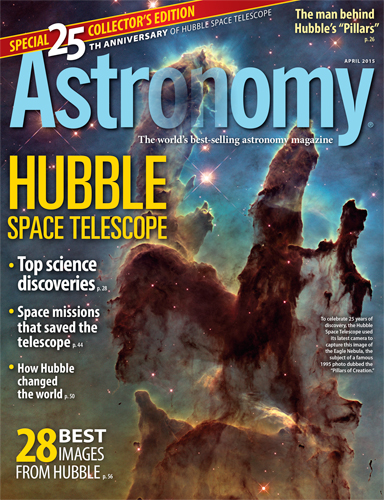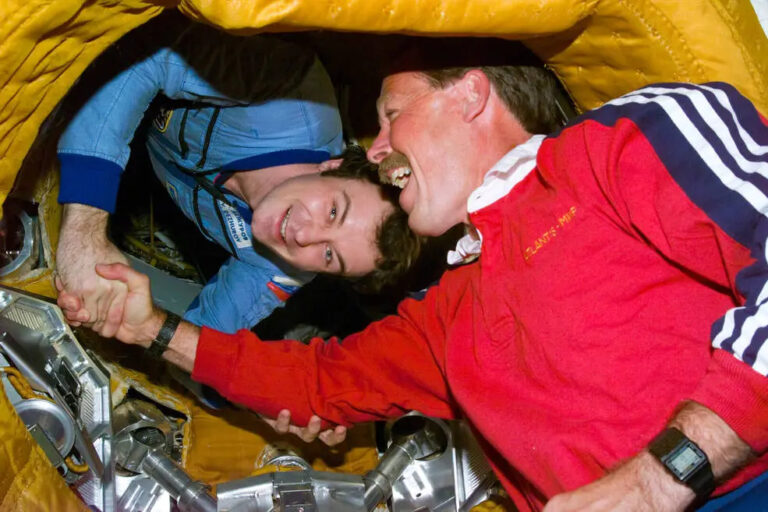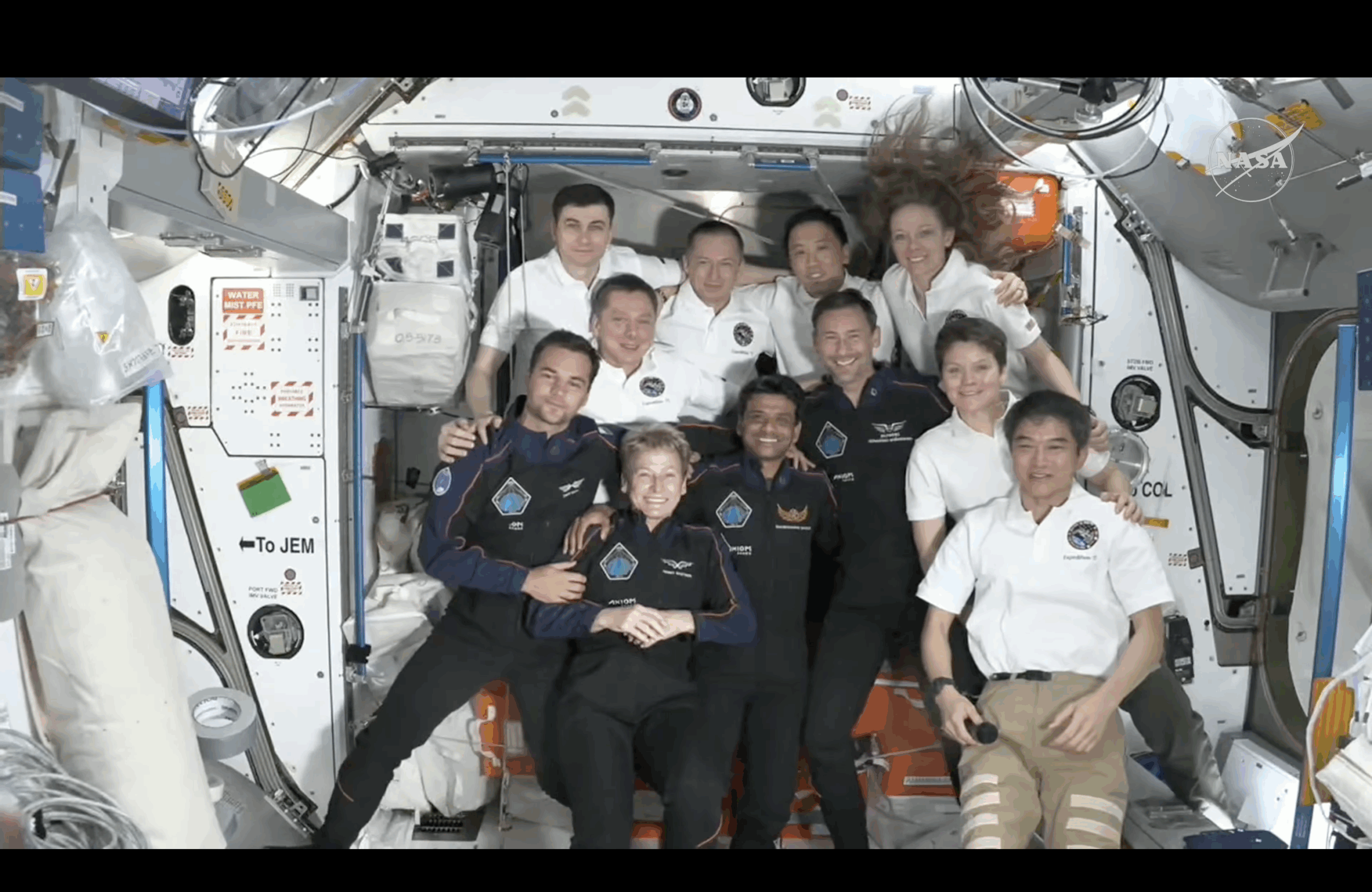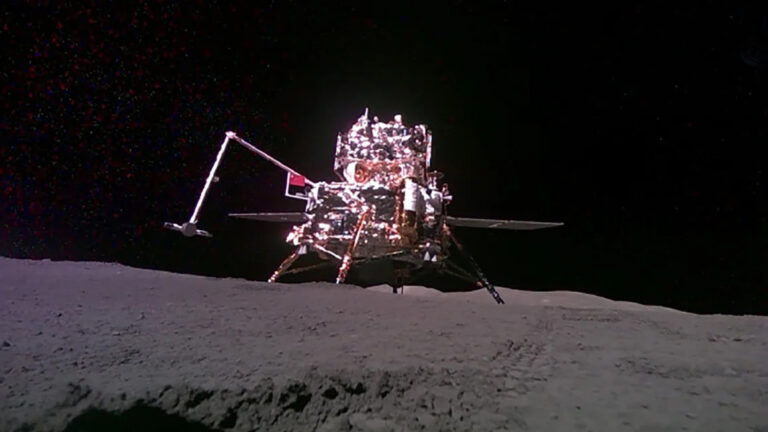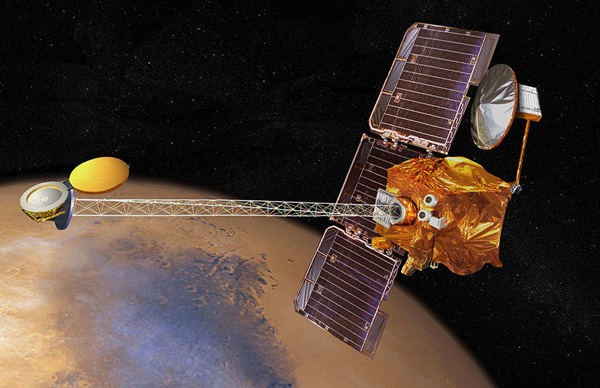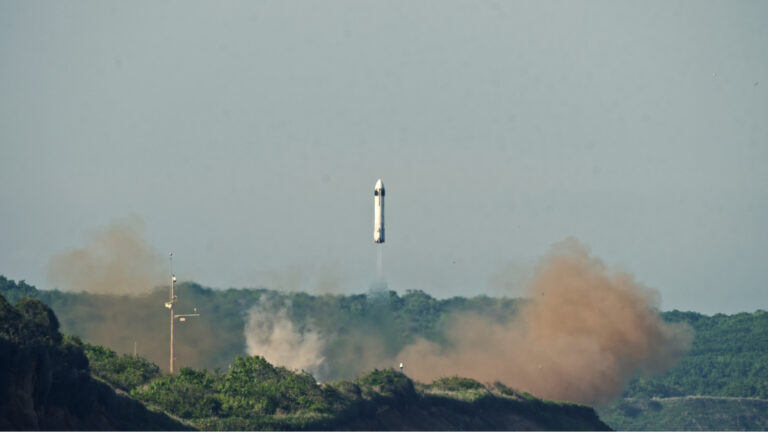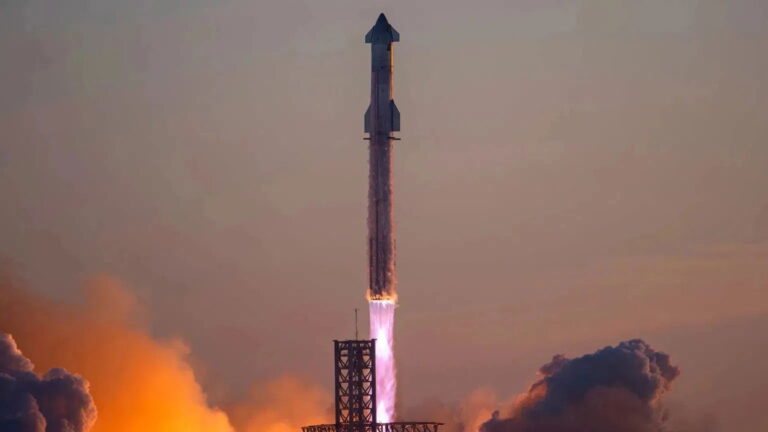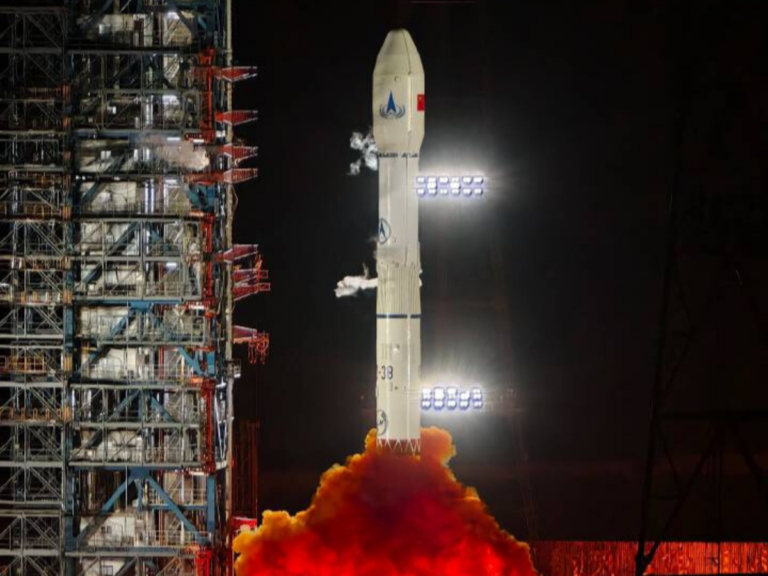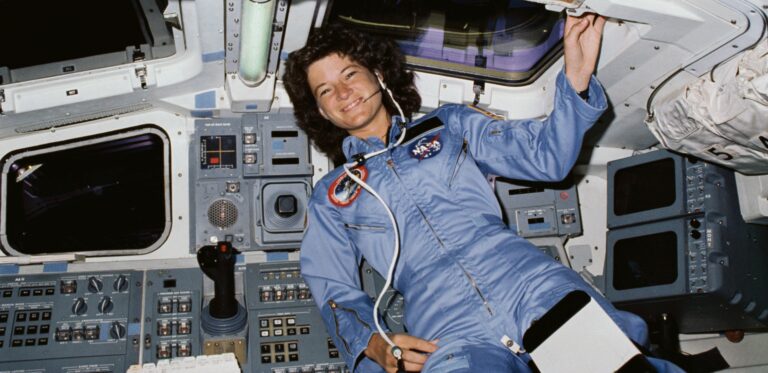Video FAQ page
WAUKESHA, Wis. — April’s special issue of Astronomy magazine is devoted to the most important astronomical instrument ever — the Hubble Space Telescope. It’s been 25 years since NASA launched the orbiting observatory and soon discovered a shocking flaw in its optics. Engineers were forced to organize a mission to give the spacecraft corrective glasses. Their ingenuity, combined with the dedication of a skilled group of astronauts, has allowed Hubble to rewrite our understanding of the cosmos in the quarter-century since.
Astronomy’s editors note the milestone with a package of in-depth stories that chronicle Hubble’s life and legacy.
In this April special collector’s edition, astronomer Mario Livio writes about the greatest scientific discoveries made using Hubble. Science writer Ben Evans details the five servicing missions that repaired and then kept Hubble going. Contributing Editor Liz Kruesi reveals the ways in which the telescope changed our culture forever. And Senior Editor Richard Talcott delivers a portfolio of Hubble’s greatest images. We also have a special online package called “How the Hubble Space Telescope changed the cosmos,” with slide shows, videos, and more, and you can see it at www.Astronomy.com/Hubble25.
NASA hopes to launch Hubble’s successor, the James Webb Space Telescope, by 2018. So this is a perfect time to look back. But don’t think that you’ve heard the last of Hubble yet. Mission managers believe Hubble could hold on until 2020, continuing to reshape the way humans view the universe.
So pick up the April issue of Astronomy, which hits newsstands March 3, and revisit the triumphs and tragedies of a telescope that once seemed destined for failure.
“The man behind the Pillars”
When Jeff Hester took aim at the Eagle Nebula with the Hubble Space Telescope, he had no idea the image would end up plastered on the walls of countless classrooms and bedrooms around the world. But what has his iconic “Pillars of Creation” image meant to him personally?
“Hubble’s top seven science discoveries”
Few scientific experiments have enjoyed 25 years of relentless productivity and a continuous stream of discoveries. Mario Livio, senior astrophysicist at the Space Telescope Science Institute in Baltimore, Maryland, which oversees Hubble, walks readers through the space telescope’s biggest finds. From the incandescent brilliance of the first stars and galaxies to the overwhelming power of dark matter and energy, the space telescope has illuminated many cosmic mysteries.
“Saving Hubble”
Hubble’s first servicing mission happened under far from ideal conditions. The pressure weighed heavy on astronauts tasked with restoring Hubble’s vision — and, with it, NASA’s reputation. Their success allowed Hubble to rise Phoenix-like from the ashes and turn engineering mishap into scientific revolution. Science writer Ben Evans details how the telescope’s five servicing missions continually reinvented Hubble by installing new instruments and breathing fresh life into the orbiting observatory.
“How Hubble changed the world”
Think today’s society would be the same without the big eye in the sky? Think again. Contributing Editor Liz Kruesi says Hubble didn’t just change astronomers’ understanding of the cosmos; it has reshaped the way all humans view the universe around them.
“25 years of dazzling images”
A quarter-century has allowed Hubble ample time to build its portfolio. The space telescope’s extraordinary vision has revealed star clusters, nebulae, and galaxies in detail no one could have imagined. Senior Editor Rich Talcott unlocks the vault for a tour of Hubble’s greatest shots.
April sky events visible without optical aid
- April 4 — A total lunar eclipse will be visible across much of North America, Australia, New Zealand, and eastern Asia.
- April 20 — Brilliant Venus, the Hyades and Pleaides star clusters, and a crescent Moon join up to create a stunning sight during evening twilight.
- April 22/23 — No Moon means good news for the Lyrid meteor shower.
Also in the April 2015 Astronomy
Snapshot, Breakthrough, Astro News, Ask Astro, Bob Berman’s Strange Universe, Glenn Chaple’s Observing Basics, Stephen James O’Meara’s Secret Sky, Adam Block’s Cosmic Imaging, New Products, Letters, Web Talk, Reader Gallery, and Final Frontier.
Astronomy offers you the most exciting, visually stunning, thorough, and timely coverage of the heavens above. Each monthly issue includes expert science reporting, vivid color photography, complete sky-event coverage, spot-on observing tips, informative equipment reviews, and more. All of this comes in an easy-to-understand user-friendly style that’s perfect for astronomers at any level. Contact Astronomy, the world’s best-selling astronomy magazine, at 262.796.8776 or email [email protected].

